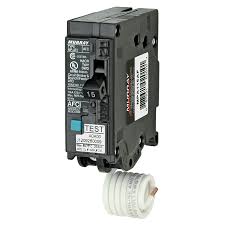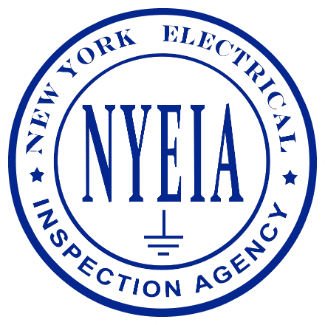
Are AFCI Breakers Required When Changing a Panel?
The 1999 version of the National Electrical Code (NEC) is when Arc-Fault Circuit Interrupters (AFCI) first appeared in the Code. Since then, AFCI requirements have expanded to several areas throughout the NEC and so the confusion began. A common question among electricians is “Are AFCI breakers required when replacing a panel in a residential home?”
The short answer is, It Depends.
No, if you are just replacing the panel box and keeping the same number of circuits.
Yes, if you are replacing the panel box and either adding new circuits to any area other than bathrooms, unfinished basements, garages, or to the outside of the home, or if you are extending an existing circuit using more than 6’ of wire.
In the 2017 NEC section 210.12 (A) and the 2020 Residential Code of New York State (20RC) section E3902.16 states that AFCI protection is required for all 120-Volt, single phase, 15 and 20 amp branch circuits supplying outlets or devices installed in living rooms, parlors, libraries, dens, bedrooms, sunrooms, recreation rooms, closets, hallways, laundry areas, and similar rooms or areas.
Both the 2017 NEC section 210.12 (D) and the 20RC section E3902.17 state that where branch circuit wiring is modified, replaced, or extended in any of the areas listed above, the branch circuit shall be protected by one of the following: A combination-type AFCI located at the origin of the branch circuit. (which is an AFCI circuit breaker), or an outlet branch-circuit type AFCI located at the first receptacle outlet of the existing branch circuit (which is an AFCI receptacle)
The exception is that AFCI protection is not required where the extension of the existing conductors is not more than 6 feet in length and does not include any additional outlets or devices.
AFCI protection has been proven to protect people and property and even though may not be required with a normal panel replacement, you may consider recommending the added protection to your customers for an additional fee.
Sources:
1) 2017 National Electrical Code
2) 2020 Residential Code of New York State
